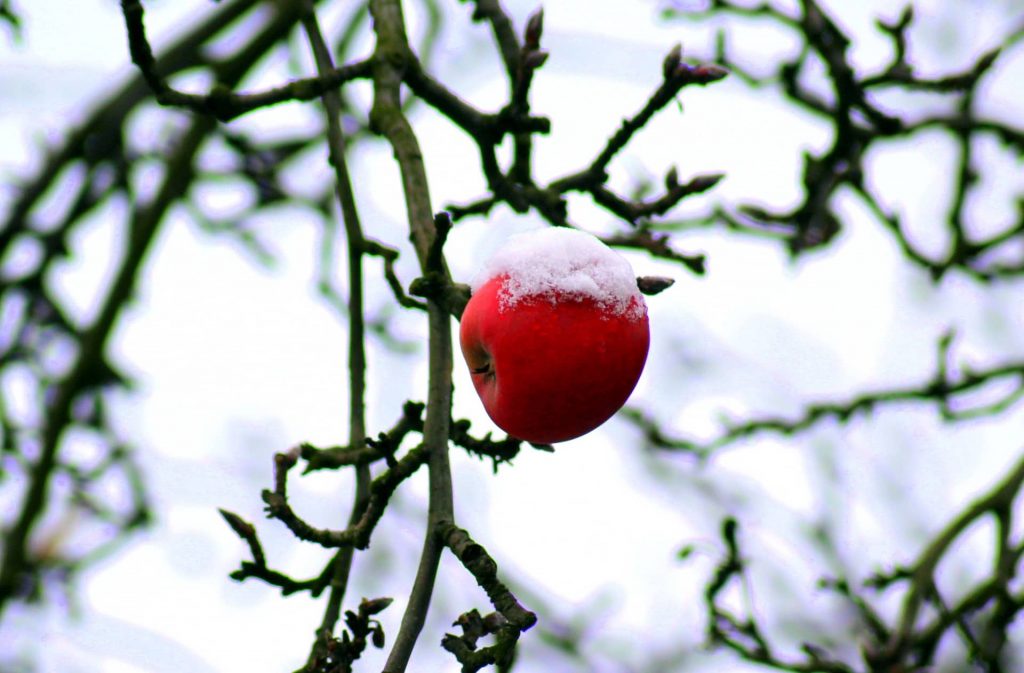Written by Ashima Seth
A frequent victim of what she perceived to be the “winter blues” for many years, an acquaintance of mine was diagnosed with Seasonal Affective Disorder (S.A.D.) when her symptoms became acutely apparent in her sophomore year of high school. When asked about the diagnosis of her condition, she responded, “I had had these symptoms much earlier before being diagnosed with Seasonal Depression, but because they seem such a commonplace reaction to the cold, I had simply brushed them off.”
The lessening of daylight, and the consequent disruption of the circadian rhythm and serotonin and melanin levels in the body, makes seasonal depression a largely winter-associated phenomenon (though some rare cases of spring and summer-related depression have also been recorded) [1].
Perhaps it is not a coincidence that the symptoms associated with S.A.D. seem strangely reminiscent of creatures that go into hibernation during the colder months of the year. For example, behaviors such as social withdrawal, increased sleep, and weight gain are pervading symptoms of depression, often resulting in the loss of interest in previously enjoyable activities [2]. Young adults, particularly females (with the correlation to depression being more than twice the amount in females rather than males), living farther away from the equator have increased risk of falling victim to seasonal depression—a fact that makes incoming students in the United States especially vulnerable to the disorder. In North America, S.A.D. prevalence increases with latitude, but the correlation is known to be almost insignificant in other parts of the world [3].
In addition to the usual risk factors, many incoming college students have more on their plate than they can digest: a physical move to college that may include change in climate or latitude, stress regarding studies, competition among peers, more pressure to socialize and network, financial planning, intake of adequate nutrition, issues in managing time, and so on. The combined effect of all these factors takes a toll on college students, who then suffer from reduced immunity and increased stress levels, negatively impacting their mental health—which is even more compromised in the winter months. Taking time off from studies and engaging in physical activity in natural sunlight (or artificial light in cases where daylight is scarcely available), intake of adequate nutrition, listening to upbeat music and interacting with nature and pets is shown to effectively counteract distress among young adults and reduce the risk of seasonal depression [4].
Since the symptoms of S.A.D. are often not taken seriously and are easily brushed off as a bout of the “winter blues”, the disorder is often left undiagnosed, particularly among college students. So if one is experiencing any of the symptoms listed above for S.A.D., it is advised to consult a psychiatrist instead of opting to endure it—it might be that instead of simply being sad, one has a case of S.A.D.
References:
- The National Institute of Mental Health. “Depression.” National Institutes of Health, U.S. Department of Health and Human Services, Oct. 2016
- The Mayo Clinic Staff. “Seasonal affective disorder (SAD).” Mayo Clinic, Mayo Clinic
- Penn State Behrend. “Seasonal Affective disorder (SAD) and Winter Blues.” PennState Behrend. n.d. Web. 26 Jan. 2017.
- Roecklein, Kathryn A., and Kelly J. Rohan. “Seasonal Affective Disorder.” 2.1 (2005): n.pag. Web. 26 Jan. 2017.
